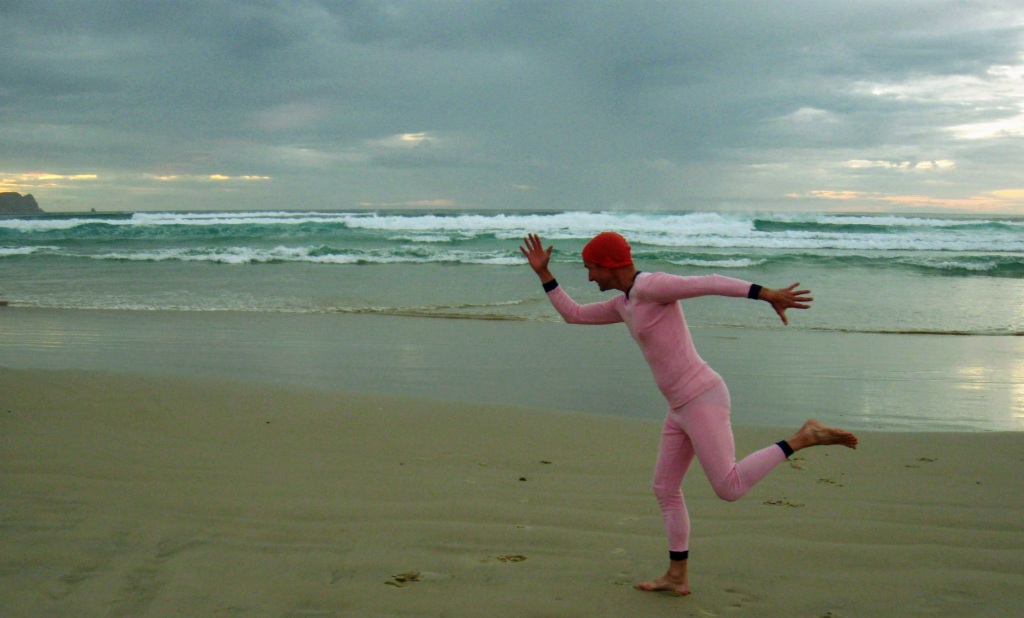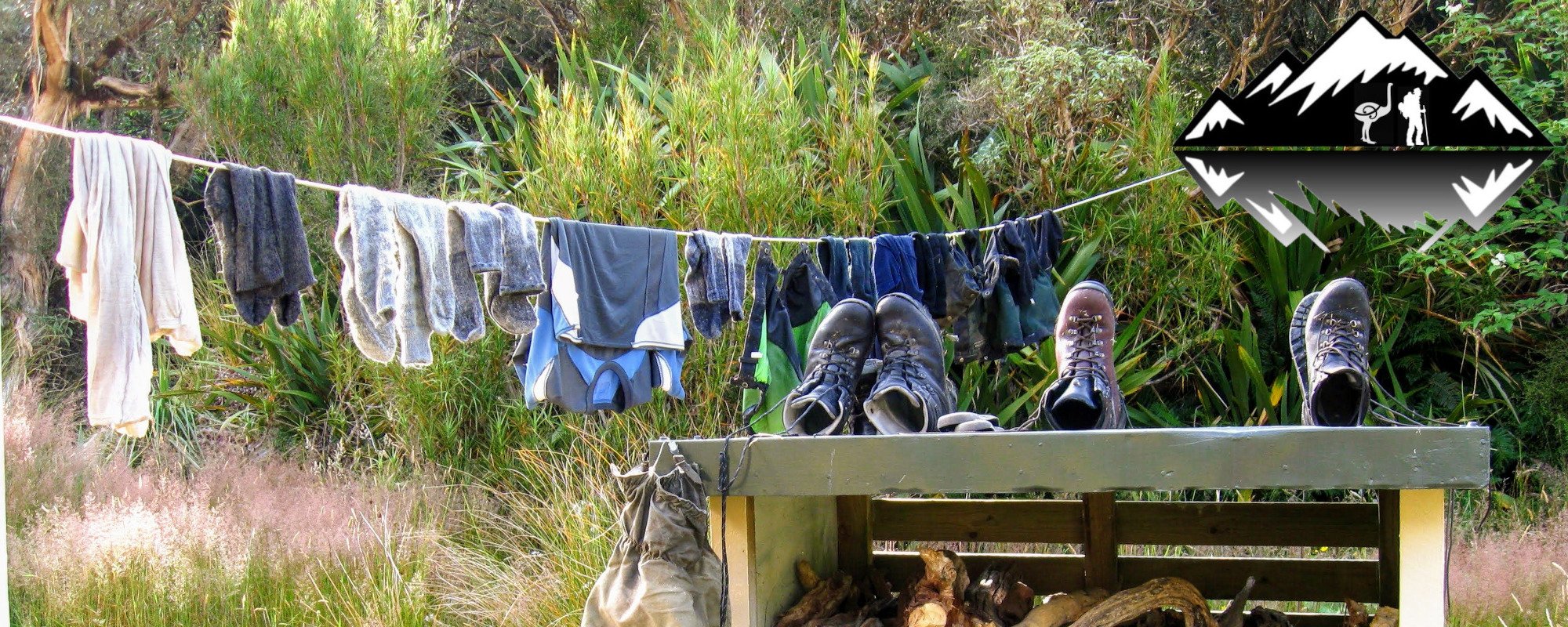The Moa Hunters are fortunate to have a fabric expert in our midst. Richard has worked in the textile and garment industry for longer than he would want to admit. When Paul recently asked Richard for some base layer advice, the response was so useful we agreed it should go on the Moa Hunter website.
So, if you have been pondering what fabric to wear close to your skin and in what conditions, read on!
Wool vs Polypropylene vs Polyester
Price
Merino is the most expensive and is generally bloody expensive. In yarn form, it comes in at four times the price of polypropylene. A lot of Merino gear is aimed at the casual wear market rather than basic function. This has made it a fashion item, pushing the price up further. Polyester is the cheapest of the three as it is manufactured in huge quantities.
Durability
Polypropylene and Polyester are both harder wearing than merino. Polyester can fade over time. Polypropylene will tend to retain its colour due to being dope dyed.
Merino retains its colour well. But it is not as durable as synthetic fibres. This is mainly because the fibres in the fabric are loose. Over time they are rubbed or pulled away from the garment. This leads to thinning and and eventual failure with holes appearing after regular wear. This is generally a fairly slow degradation, and some (Chris!) see the holes that form as an advantage due to additional air cooling when tramping!

Stinkiness
Merino is easily the best of the three when it comes to not getting smelly. This is because the fibres encapsulate any bacteria, which tend to be the cause of the more offensive body odour smells. Even after a few days hard wear, merino can still smell OK. But it is not impervious to the bacteria colonies that grow in the fabric, and will eventually be overwhelmed and get whiffy.
Polypropylene is a little better than polyester on the aroma front, but both tend to get fairly smelly after a day or two of wear.
Wash-ability
Merino needs far less washing (1/3 the washing) than polypropylene and polyester. Washing merino at low temperatures will make it good as new.
Both polypropylene and Polyester require a hot wash (60 degrees C) to kill bacteria and remove smells completely. Cotton seems to suffer similarly.
Insulation when dry
When dry, fabric construction makes a huge difference to its insulation properties.
As a basic fibre polypropylene is the best insulator. The fibres have very low density and transfer moisture away from skin well.
Merino is next best insulator due to crimp in fibres and fibre type. It also tends to be the most comfortable due to moisture absorption which helps regulate the wearers temperature.
Polyester is a conductor, so is the worst insulator. Some polyester has improved insulation through texturing and hollow fibre manufacture.
Insulation when SLIGHTLY wet
In conditions where your clothes get a little damp, merino is awarded a narrow win here as it is exothermic so gives off energy as it gains moisture. Polypropylene is a close second, and polyester last again.
Insulation when really really wet
When things get really wet, polypropylene will win hands down. This is because individual polypropylene fibres don’t absorb moisture, so they will still provide some thermal benefit. However, water does get caught in the structure of the fabric which will make you feel colder. Taking the garment off and whipping it round your head quickly gets rid of the worst of it.
Polyester is similar to polypropylene, in that the fibres are waterproof. But because the fibre is less insulating and will conduct body heat away from you, it will feel colder on the skin.
When it comes to insulation when soaked, merino comes in last, although it is still way better than a viscose/cotton fabric. Merino fibres do absorb water which significantly reduces their thermal efficiency. The fabric tends to feel more waterlogged than polypropylene and polyester when soaked, and can lose its form a little. But like polypropylene, it will benefit from a spin round the head to remove water that hasn’t been absorbed by the fibre.
Drying speed
When it comes to drying time, polypropylene wins hands down. Not only is it the best insulation when wet, it also dries out the quickest. Polyester is a close second, and merino is the slowest.
Overall Comfort
Merino tends to feel most comfortable in most temperatures. It feels warm on the skin when it is cold outside, yet also feels cool on a hot day. This is due to the breathability of the fabric and natural fibres.
Fabric structure and weight play a big part in comfort for all these fibres. Garments come in different weights and knit patterns. It pays to keep this in mind when buying new gear. Think about what fibre you want and also, how much insulation you want. The heavier the fabric, the warmer it will be, but you also have to carry it! You might consider a lightweight top to wear while walking, but a thicker knit for popping over it when you stop and begin to cool down.
Interlock thermals are one of the warmest knit structures, followed by rib, then single jersey.
Summary
| Merino | Polypropylene | Polyester | |
| Cost | Expensive | Cheap | Cheap |
| Durability | Moderate | High | High |
| Stinkiness | Low | Smelly | Smelly |
| Wash Temperature | Cold | Hot | Hot |
| Insulation: Dry | Very good | Excellent | Good |
| Insulation: Slightly wet | Very Good | Good | OK |
| Insulation: Soaked | Poor | Good | OK |
| Drying Speed | Slow | Fast | Fast |
| Overall comfort | Excellent | Very good | Good |
The good news is, you don’t have to choose one fabric over another.
There is room in your pack, and on your body, for both merino and polypropylene base layers. Between the two, you have every situation covered.
Polypropylene is cheap, hard wearing, a good insulator and excellent in the wet. Merino is super comfortable in hot and cold conditions, handles a little dampness well, and doesn’t get too smelly.
Select a combination of fabric weights and fibres so that you have all situations covered off.
